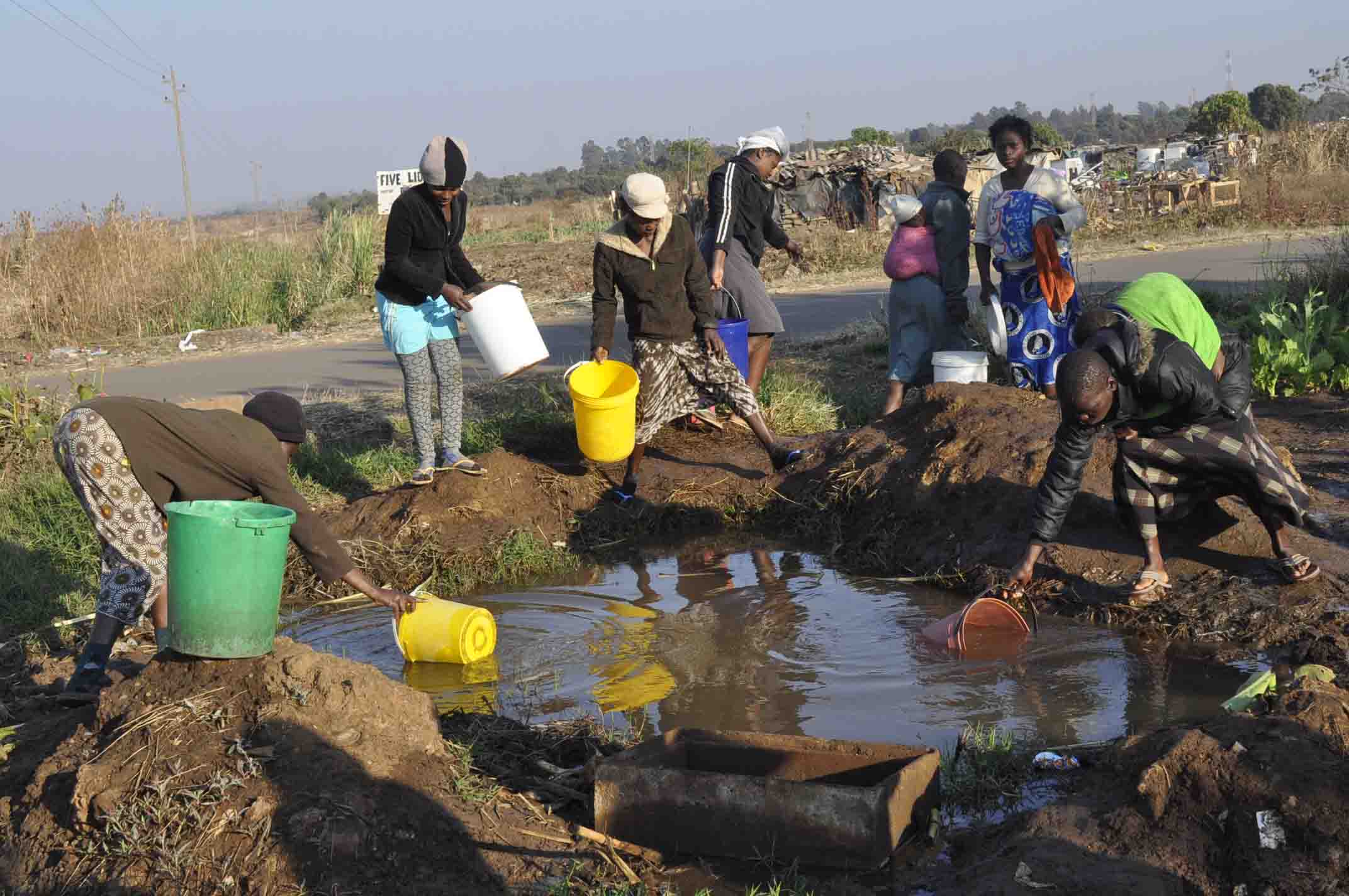
editorial comment
The death of 13 people in Bulawayo recently, which was linked to contaminated water, is a timely reminder for the authorities to address the perennial shortage of water in the region.
Bulawayo has been facing critical water shortages for decades and this is one of the reasons why what was Zimbabwe’s most industrialised city is now a shadow of its former self.
Before the onset of Zimbabwe’s long-running economic problems, big manufacturing companies had already deserted the city because water supplies were becoming increasingly erratic.
The city relies on six supply dams that are all found in the dry Matabeleland South province.
Only Mtshabezi Dam was built after independence despite the fact that Bulawayo’s population has been growing steadily.
Colonial governments realised it as far back as 1912 that the only permanent solution to water shortages in Bulawayo and Matabeleland in general was to divert water from the Zambezi River.
The Matabeleland Zambezi Water Project, however, remains a pipe dream as the authorities continue to pay lip service to its implementation.
- Chamisa under fire over US$120K donation
- Mavhunga puts DeMbare into Chibuku quarterfinals
- Pension funds bet on Cabora Bassa oilfields
- Councils defy govt fire tender directive
Keep Reading
Promises are made every year by the government that concrete steps would be taken to draw water from Zambezi River, but there is nothing on the ground to show that commitment.
Construction of the Gwayi-Shangani Dam, a major cog in the ambitious project, began over a decade ago and the structure is still not yet complete.
The procrastination, however, is starting to take a toll on human lives with the deaths of people in Bulawayo’s suburb of Luveve.
Bulawayo City Council said the diarrhoeal diseases that were killing residents were likely being caused by contamination of water that happens as a result of prolonged supply disruptions.
In May, the city started limiting access to tap water to just one day a week as levels at supply dams fell dangerously low.
Bulawayo now relies on only three dams after it decommissioned three others that ran dry early this year.
There are also boreholes at the Nyamandlovu aquifer that provide the city with water, but it is not enough.
City fathers have been pleading with the government to declare Bulawayo a disaster area to help mobilise resources needed to minimise the impact of the crisis to no avail.
The unfortunate deaths should jolt the authorities to do the right thing.
Declaration of the city as a disaster area will help galvanise international support as Zimbabwe does not have the resources to carry out any meaningful interventions to save lives.











